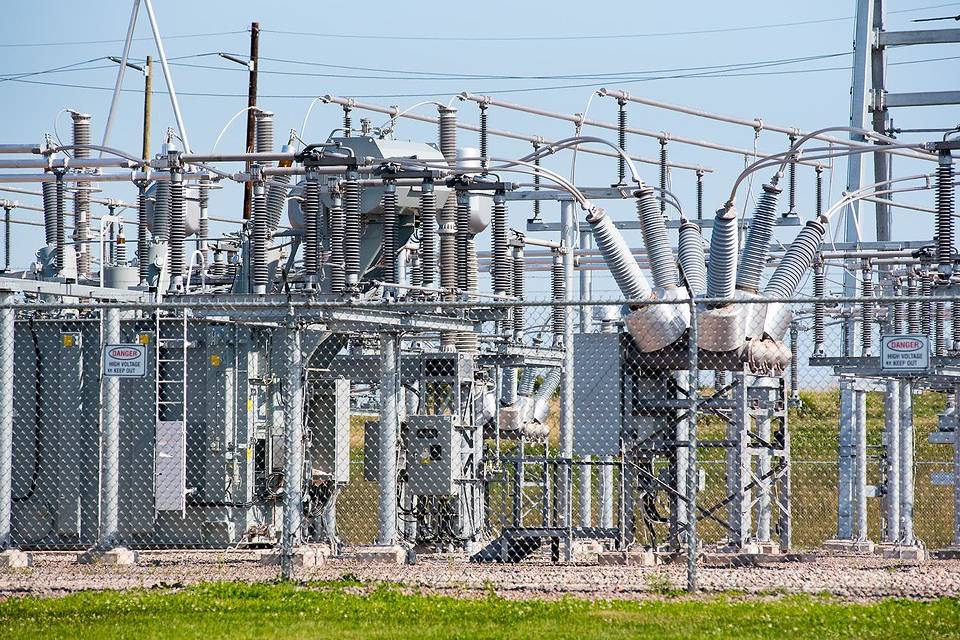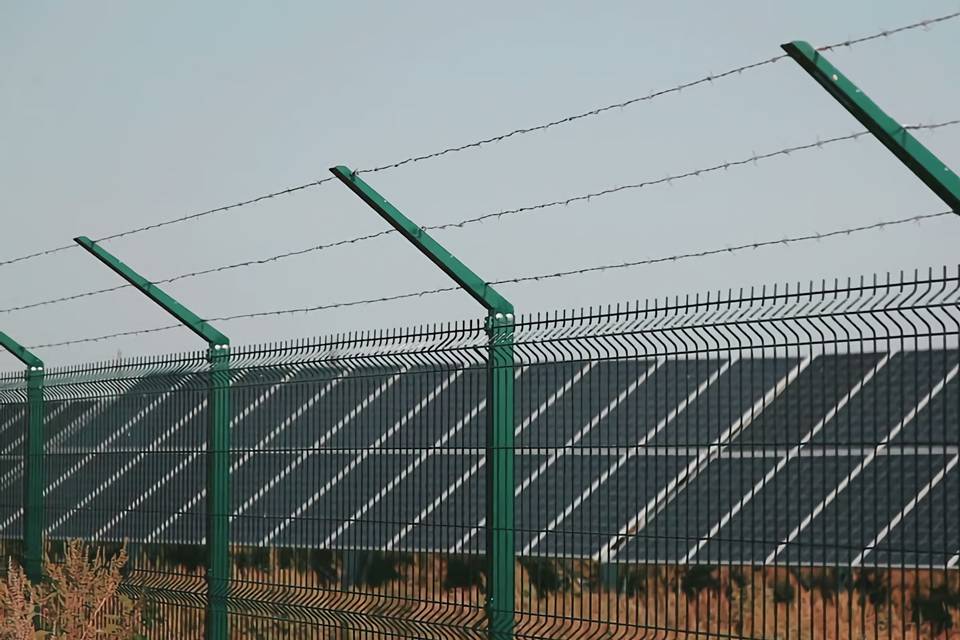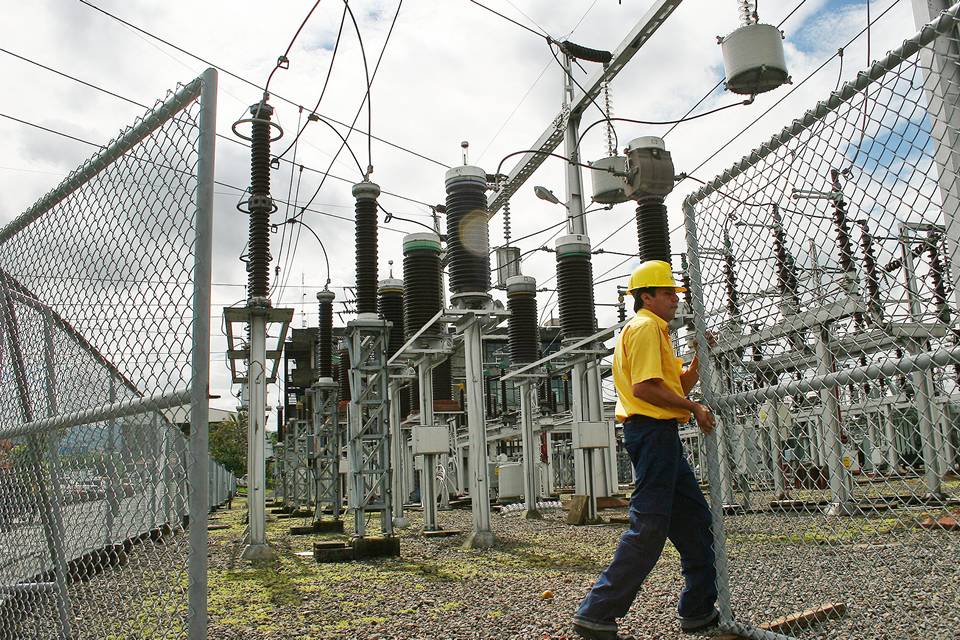Don't miss our holiday offer - 20% OFF!
Enhancing Power Facility Security with Smart Fencing Technologies
Power facilities face increasing demands for security and efficiency. This article explores how smart technologies such as AI surveillance, IoT monitoring, and predictive maintenance, are transforming traditional power fencing into advanced security solutions for modern infrastructure such as Smart Fencing.
The History of Change in Power Fencing
Power generation and distribution depend on fencing for functions beyond creating physical boundaries. Today, security requires using systems that are smart, quick to react and highly efficient. Because threats become more advanced, power companies are putting in place advanced approaches for protecting their perimeters. Adding smart features to fencing systems makes it easier to protect important sites, cut back on maintenance costs and improve monitoring.
Fence Moine is leading the way in this change. With traditional durability and the best new technologies, smart power fencing is securing infrastructure like never before. This article explores the impact of smart fencing technologies, their applications, benefits, and the future they promise for the energy sector.

Why It’s Time to Update Traditional Power Fencing
For many years, standard choices like chain link, welded mesh and palisade have been used to protect substations, power plants and transmission lines. Though, they do not meet expectations in situations that demand:
- Automatic identification of breaches as they occur
- Ensuring security remotely
- Threats are handled automatically by the system.
- Less time and cost spent on upkeep
Because the threats to infrastructure security change, passive protection isn’t enough anymore. This is where smart fencing solutions emerge as essential components of a robust security ecosystem.
Smart Technologies Reshaping the Power Fencing
Artificial Intelligence Empowered Surveillance Cameras
With AI, power fences’ video surveillance can identify serious threats from ordinary movements. These systems:
- Watch and observe movement as it happens.
- Tell security teams when there is concerning activity.
- There should be fewer times when animals or weather cause false alarms.
Because of these features, facilities are able to address issues faster, skip inefficient patrols and address key threats first.
Monitoring using Internet of Things technology
Internet of Things (IoT) devices play a central role in smart fencing. Data about the environment is collected by sensors inserted into the fencing systems.
- Structural integrity
- Unauthorized intrusions or attempts to break in
- Electric fences depend on voltage flow.
All this information is sent to central monitors so remote checking can take place from various areas. Because many gigantic grids run through remote regions, this feature is necessary for efficient planning.
Predictive Maintenance Using Smart Sensors
Many times, the decline of power fences results in costly repairs or makes the area more exposed to security risks. Tools supported by predictions:
- Notice any damage as it happens.
- Review how machines are used and the surrounding environment.
- Perform routine maintenance before there are failures.
A proactive strategy allows the fence to work as it should which cuts down on repairs and the hours it takes workers.
Integrated Access Control Systems
Smart fencing often includes access control technologies such as RFID badges, biometric scanners, or facial recognition. These additions:
- Limit who can enter sensitive parts of the building
- Make sure to write down all entry and exit events in your system.
- Permit the option to lock access while threats exist
These two types of security hold sensitive areas open exclusively to individuals who have passed checkpoints.
Benefits of Using Smart Power Fencing
- Intrusion Detection has been improved
Smart fences do more than simple walls. They are sensitive to vibrations, changes in noise or pressure variations that indicate something untoward has happened. When someone tries to cut the fence, climb over it or work on it, nearby sensors activate alarms almost instantly.
- Data and alerts sent as soon as changes happen
Conventional security rules can take a lot of time to handle incidents. In contrast, smart fencing systems deliver instant alerts via SMS, email, or connected dashboards. This information makes up the alerts you might receive.
- The place where the cyberattack took place
- Kind of activity identified
- No need to scroll through videos every time.
It allows power outages to be resolved faster, thus preventing many problems.
- Cost-Effective Operations
Although the initial investment in smart fencing may be higher, long-term operational costs are significantly lower. Benefits include:
- Reduced presence of security officers doing duty on foot
- Early notice of problems saves on repairs.
- More safety means that your company faces less severe liability risks.
Over time, the return on investment makes smart fencing a financially sound choice for power utilities.
- Green and energy-saving products
Many smart fencing systems now incorporate solar panels or energy-harvesting sensors. Because of these energy-efficient technologies, the following things are supported:
- Wireless technology that consumes only little energy
- Operation in regions that are not connected to a power grid
- A smaller carbon footprint
These features match what the energy sector wants to achieve in sustainability and security during any conditions.

Use Cases of Smart Fencing in Power Infrastructure
Substations
Frequently, vandals go after substations to steal their valuable copper parts. Installing smart fencing with ground vibration sensors and AI-based surveillance deters intruders while helping security teams act swiftly in real-time.
Transmission Towers
Isolated or rural regions are often crossed by transmission towers. No one has to be present on-site all the time because smart fences with satellite-enabled Internet of Things technology can track these areas remotely.
Power Plants
Access must be managed carefully at all types of power-generation plants such as nuclear and hydroelectric. When biometric access is used with alerts from surveillance and fencing, you have a safer security perimeter.
Renewable Energy Farms
Because of their size, solar and wind farms sometimes experience people entering them without permission. Smart fencing with thermal cameras and automated patrol drones offer scalable protection for such sprawling infrastructure.
How Fence Moine Is Helping the Movement
Thanks to its dedication to change and client care, Fence Moine is a major player in the power fence solutions industry. The way they bring smart technologies into their processes consists of:
- You can order a smart fence package that fits your needs.
- Working well with systems such as third-party surveillance and the Internet of Things
- Solutions designed for use in unfriendly natural settings
Thanks to its long history in the industry, Fence Moine is able to offer the energy sector trusted, modern and robust fencing systems that suit their expanding needs.
Coming Developments in Smart Power Fences
Combining AI, blockchain technology and 5G will increase the protection of power facilities. It seems likely that soon, both drone surveillance and autonomous repair systems will become available, marking a transition from fixed protection methods to active measures.
It will also be necessary to connect cyber and physical security technologies. Due to the rise of digital facilities, electric fencing on the grid must now be protected from assaults over the internet and should prioritize safe data delivery.

Ultimately, the right solution is to invest in smarter security.
Smart fencing technology is no longer a luxury for power infrastructure—it is a necessity. When new parts of the threat landscape appear, the defense should also grow. High-risk sites like power plants, substations and renewable energy farms rely on intelligent fencing to get the best security, efficiency and a sustainable solution.
These additional features by Fence Moine show the progress toward using intelligent and safer boundaries. Whether you manage a regional utility or a national energy provider, investing in intelligent fencing systems ensures your infrastructure is not just protected—but future-ready.
Any facility that wants to stay at the front of the industry recognizes that embracing advanced fencing solutions is required.
